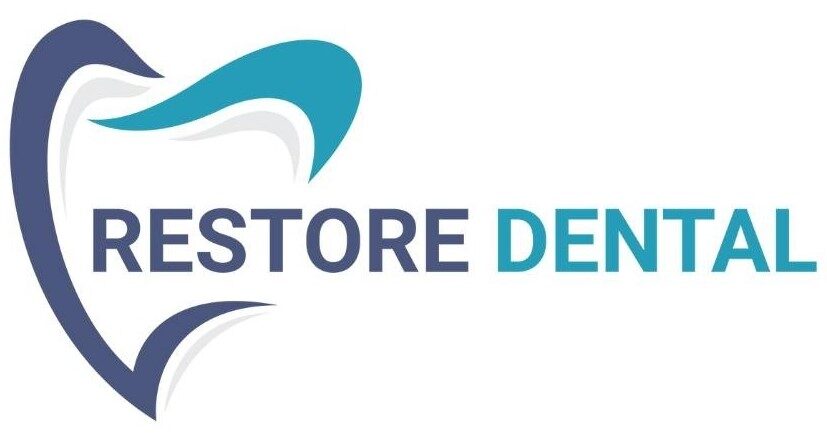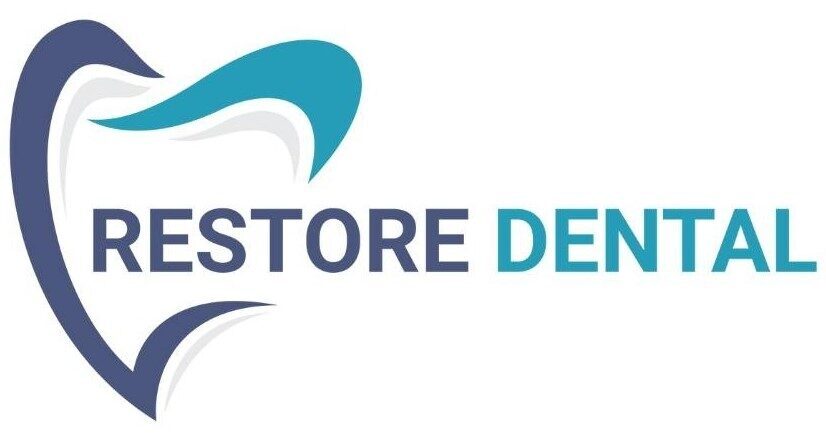What is Invisalign?
Invisalign is a popular and discreet solution for straightening teeth, offering a clear alternative to traditional braces. While it suits many individuals with mild to moderate dental issues, it isn’t right for everyone. Understanding its limitations is key to making an informed decision.
Summary
- Invisalign is ideal for mild to moderate alignment issues.
- It may not be suitable for severe misalignments, bite problems, or poor oral health.
- Certain conditions, like missing teeth or advanced gum disease, can hinder its effectiveness.
- Compliance and oral hygiene are critical for success.
- Alternatives include traditional, ceramic, or lingual braces.
Who Isn’t a Good Fit for Invisalign?
Invisalign works best for:
- Crooked or gapped teeth
- Mild crowding
- Minor bite issues (overbite, underbite, crossbite, open bite)
However, it may not be suitable for individuals who:
- Have severe malocclusion or complex bite issues
- Have severely rotated or misshapen teeth
- Have significant crowding or spacing problems
- Have active gum disease or multiple cavities
- Struggle with poor oral hygiene
- Cannot commit to wearing aligners 20–22 hours per day
Invisalign Treatment Limitations – While Invisalign offers many benefits, there are limitations:
- Not effective for complex orthodontic cases
- Cannot correct severe bite problems
- Limited in moving teeth vertically
- Less control over significant tooth movements
- Requires strict patient compliance
Additional challenges include:
- Inadequate hygiene practices
- Difficulty maintaining aligner cleanliness
- Unique jaw or tooth anatomy
- Higher overall cost compared to traditional braces
Severe Crowding and Spacing Issues: Invisalign uses gentle, gradual pressure, which may not be strong enough for severe crowding or wide gaps. In these cases, traditional braces provide more control and precision.
Missing Teeth and Invisalign: Invisalign relies on surrounding teeth for support and movement. If you have missing teeth, aligners may not effectively guide the remaining teeth. Traditional orthodontics may be needed first, followed by restoration options like implants or bridges.
Severe Bite Corrections: For individuals with severe bite issues, such as deep overbites or pronounced underbites, Invisalign might not be strong enough to move teeth as needed. Metal braces offer greater force and control for complex adjustments.
Gum Disease or Recession: Patients with periodontal disease may not be ideal candidates. Clear aligners may irritate already sensitive gums, and treatment could worsen gum health. Your dentist will evaluate gum stability before recommending Invisalign.
Age Considerations: Invisalign can work for patients of any age. From children aged 6–10 (with Invisalign First) to adults and seniors, age isn’t a barrier. However, compliance is more crucial in younger patients.
Am I a Candidate for Invisalign?
Only a dental professional can determine your eligibility. A consultation involves an oral exam, digital scans, and a tailored treatment plan. Your dentist will assess if Invisalign is suitable for your case or suggest alternatives.
Alternative Treatments – If Invisalign isn’t the right fit, other options include:
- Traditional Braces – Best for complex cases.
- Ceramic Braces – Less visible than metal braces.
- Lingual Braces – Hidden behind the teeth.
What is the main difference between braces and Invisalign?
The primary difference between braces and Invisalign lies in their appearance, materials, and how they work to move your teeth.
Braces are made of metal brackets that are glued to the teeth and connected with wires and rubber bands. These are adjusted periodically by an orthodontist to gradually shift the teeth into place. While effective for treating both simple and complex alignment issues, braces are more noticeable and come with dietary restrictions—you need to avoid sticky or hard foods that could damage the brackets.
Invisalign, on the other hand, uses a series of clear, removable aligners custom-made to fit your teeth. They apply gentle pressure to shift your teeth over time and are replaced every 1–2 weeks as your teeth move. Invisalign is virtually invisible, making it popular among adults and teens who prefer a more aesthetic treatment option. Since the aligners are removable, you can eat and drink whatever you like, and maintaining oral hygiene is easier.
However, Invisalign requires strict discipline—you must wear the aligners for 20–22 hours a day to see effective results. It’s ideal for mild to moderate cases, while braces may be more suitable for complex dental issues.
In summary, while both braces and Invisalign are effective orthodontic treatments, the right choice depends on your specific dental needs, lifestyle, and personal preferences.
Why is Invisalign more expensive than traditional braces in India?
Invisalign is more expensive than traditional braces primarily due to the advanced technology, high-quality materials, and precision involved in its design and treatment planning. Clear aligners like Invisalign are made from specialized, medical-grade thermoplastic that is not only durable but also virtually invisible, providing a discreet and comfortable orthodontic experience.
Additionally, Invisalign treatment involves a customized digital setup using 3D imaging technology to map out the entire movement of your teeth from start to finish. This requires sophisticated software and the expertise of a trained Invisalign provider, all of which contribute to the higher cost. The aligners are fabricated in international dental labs with high production standards, further adding to the expense.
Moreover, because Invisalign is removable and nearly invisible, it offers superior aesthetics and convenience compared to metal braces — which makes it a premium option. In India, the cost can vary depending on the complexity of the case, the city, and the orthodontist’s experience, but the precision and comfort it offers justify the price for many patients.
Final Thoughts
Invisalign is a powerful orthodontic solution, but it’s not universal. It requires commitment, good oral health, and proper case selection. At Restore Dental, our Invisalign Expert in Gurgaon will assess your individual needs and guide you toward the most effective solution for a straighter, healthier smile.
Book your consultation today to find out if Invisalign is the right choice for you.
FAQs
01. Who is not eligible for Invisalign treatment?
People with severe misalignment, complex bite issues (like deep overbite or crossbite), advanced gum disease, or multiple missing teeth may not be ideal candidates. A dental consultation is necessary for accurate assessment.
02. Can Invisalign treat severe crowding or wide gaps?
Not effectively. Invisalign works best for mild to moderate cases. Severe spacing or crowding may require traditional braces for better control and predictable results.
03. Why is oral hygiene important for Invisalign users?
Invisalign aligners trap bacteria against your teeth. Poor hygiene can lead to cavities or gum issues, making treatment ineffective or risky. Brushing and flossing after every meal is essential.
04. What happens if I don’t wear Invisalign 20–22 hours per day?
Skipping wear time can delay progress or reverse tooth movement. Inconsistent use might even require restarting the treatment with new trays.
05. Can people with gum disease get Invisalign?
Not initially. Active gum disease must be treated before starting Invisalign. The aligners can worsen inflammation and recession if gums are already compromised.
06. Is Invisalign suitable for children or teens?
Yes, but with conditions. Invisalign First is designed for children aged 6–10. Teens must be responsible enough to follow wear-time rules and maintain oral hygiene.
07. Can I use Invisalign if I have missing teeth?
It depends. Invisalign may not have the anchorage needed for proper movement if teeth are missing. Often, orthodontics combined with implants or bridges is recommended.
08. What are good alternatives if Invisalign isn’t right for me?
- Traditional Metal Braces – Best for severe cases
- Ceramic Braces – More discreet than metal
- Lingual Braces – Hidden behind the teeth
09. Does Invisalign cost more than braces?
Often, yes. While pricing varies by case, Invisalign is generally more expensive due to custom aligners and advanced 3D imaging technology.
10. How do I know if Invisalign will work for me?
Visit Restore Dental for a professional consultation. Our team will perform a full evaluation, including scans and assessments, to determine the best solution for your smile.



